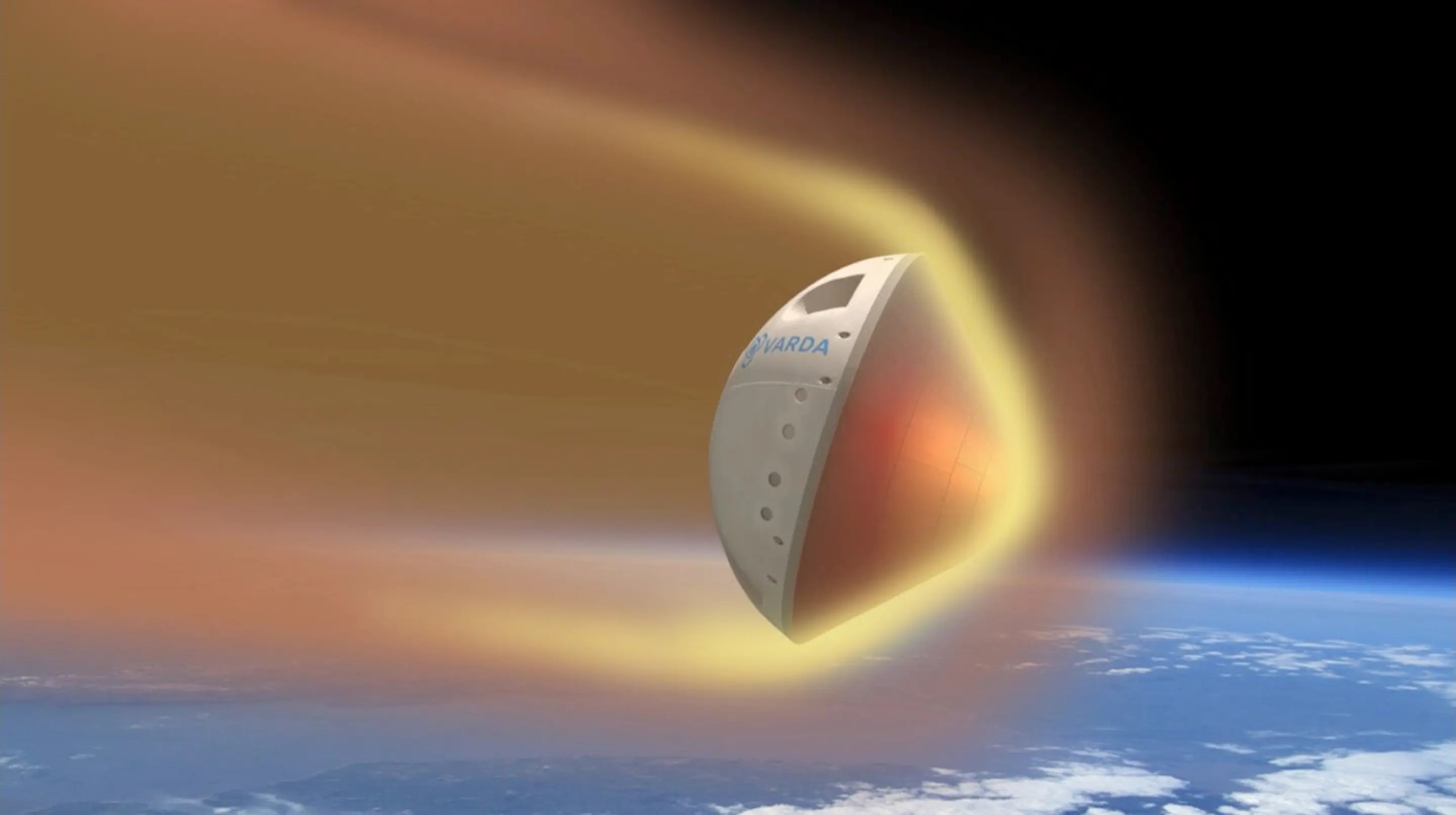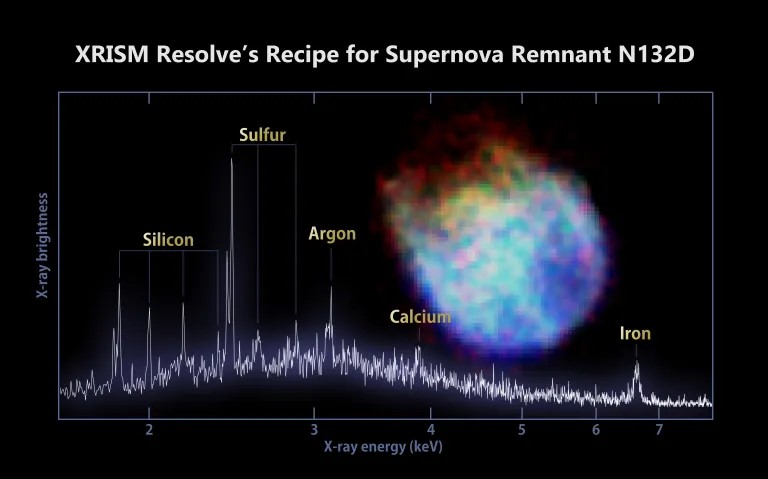Fluffy Exoplanet Blasted by Its Sun Has Clouds That Rain Sand
The James Webb Space Telescope has revealed the presence of immense sand clouds in the skies of WASP-107b, a Jupiter-sized planet located approximately 200 light years away in the Virgo constellation. Discovered in 2017, this unique planet has a mass similar to Neptune but a significantly larger radius, resembling Jupiter.

Figure 1.Fluffy Exoplanet Blasted by Its Sun Has Clouds That Rain Sand
Figure 1 shows Fluffy exoplanet blasted by its sun has clouds that rain sand WASP-107b's exceptionally low density, comparable to cotton candy, contributes to its fluffy appearance. According to Leen Decin from KU Leuven in Belgium, the planet's low density allows for a thorough examination of its atmosphere, making it one of the least dense giant gas planets observed to date.
The James Webb Space Telescope's Mid-Infrared Instrument has enabled scientists, led by Leen Decin and her team, to study the atmosphere of WASP-107b in detail. Their observations revealed the presence of sulphur dioxide and water vapor, key components of the planet's atmosphere. While sulphur dioxide has been previously identified in hot gas giants with temperatures around 1200 kelvin (927°C), its detection on WASP-107b, which has a cooler temperature of around 700K (427°C), was surprising. This challenges the expectation that such low temperatures would not support the formation of significant amounts of sulphur dioxide.
One potential explanation for the unexpected presence of sulphur dioxide in the atmosphere of WASP-107b is the possibility that the planet's relatively low density allows more ultraviolet radiation from its host star, WASP-107, to penetrate its atmosphere. This increased radiation could initiate chemical reactions leading to the formation of sulphur dioxide. Furthermore, researchers, including Leen Decin and her team, made a peculiar discovery in the upper atmosphere of the planet – clouds composed of minuscule silicate particles, the same material that forms sand.
The scientists propose that gaseous silicate from deeper, hotter layers of the planet's atmosphere rises to cooler regions, where it condenses to form clouds and subsequently precipitates back down, resembling Earth's water cycle.Leen Decin emphasizes the significance of their discovery, stating, "This is the first time we’ve identified the composition of exoplanetary clouds.
" The revelation of the composition of clouds on WASP-107b holds the potential to refine models related to planetary formation and evolution. Decin highlights the importance of expanding our understanding beyond Earth's perspective, stating, "We understand things based on our own experience here on Earth, but that’s a very limited view." By comprehending the dynamics and chemistry of exoplanets, she believes we can significantly enhance our understanding of the universe.
Source:NewScientist
Cite this article:
Janani R (2023), Fluffy Exoplanet Blasted by Its Sun Has Clouds That Rain Sand, AnaTechMaz, pp.6















